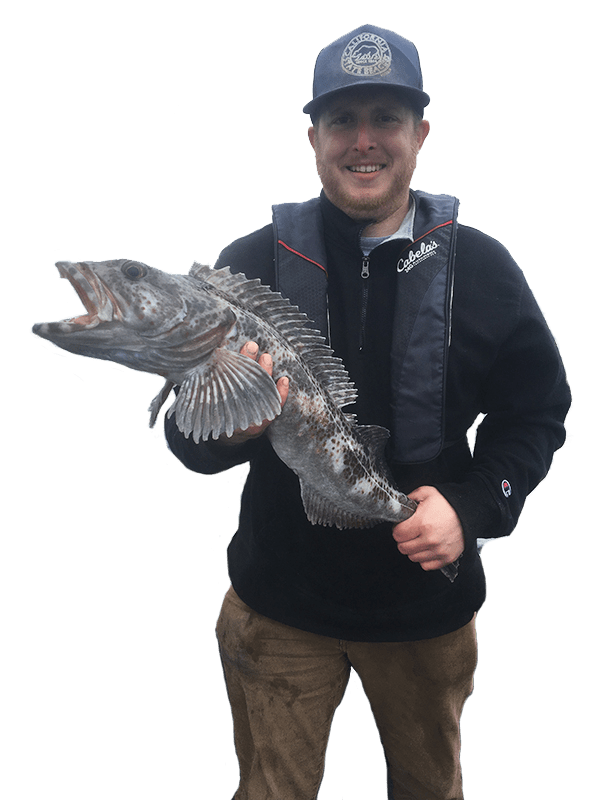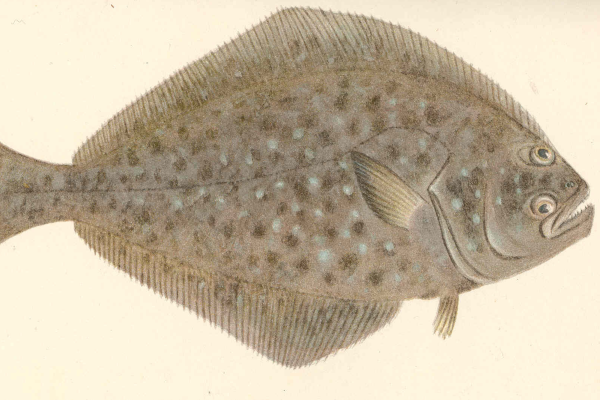Everything About Cabezon Fishing in Oregon
Spend a day fishing in Newport, Rhode Island, and you will see why many anglers compare this experience to classic deep-sea fishing. Anglers worldwide rely on trolling and bottom fishing for this technique and local fishers are no exception. Unsurprisingly, deep-sea fishing in Newport, Rhode Island, includes a lot of bottom fishing for cabezon.
Although the cabezon (Scorpaenichthys marmoratus) is not a fish widely known or destined for coastal anglers anywhere other than the west coast, it remains a welcome catch for those who regularly catch the rugged coastlines of these regional waters. Found from British Columbia across northern Baja California, the cabezon is often an accidental catch by those who fish on the bottom adjacent to shelves, reefs, and rocky tops.
Catching Cabezon in Oregon
Cabezon is a fish without scales. She has extensive bone support. This support goes under the skin through the cheek from the very eye. Cabezon has 11 spines on its dorsal fin. There is also a thick spine in front of the eyes and a fleshy flap in the middle of the muzzle.
Two more extended flaps are located immediately behind the eyes: many small teeth and a wide mouth. The color is different, but it is usually red, green, or brown. Usually, 90% of redfish are males. 90% of green fish are female. The pulp is blue, like the internal organs.
Cabezon usually average 4 pounds or less but can grow up to 18 pounds; Washington State’s current record is 23 pounds. While they can dwell in much deeper waters, most end up 120 feet or less.
Many large cabezon can be taken in shallow water, sometimes only a few feet deep. This can often occur in or around tidal pools when the bait is dropped into underwater crevices and grottoes using a butt pole.
Best Cabezon Fishing Spots in Oregon
With nicknames such as “City by the Sea” and “Sailing Capital of the World,” Newport is the ideal destination for visitors to spend time on the water. This picturesque town attracts fishers from all over the world for its beautiful beaches and New England charm.
Best Baits for Cabezon in Oregon
While whole and sliced baits such as anchovies, mackerel, and herring can be hit with hungry cabezones, their favorite food is the wide variety of crustaceans and shellfish surrounding the areas they live.
You cannot harvest natural bait at low tide in a place where you plan to take a quick seafood trip to pick up a few whole, unpeeled shrimp or thawed squid.
Frozen shellfish and mussels that are not local bait and tackle are poorly inferior to those you harvest fresh but will work as a last resort. Crabs and copper penny shrimp work pretty well when hung from a hook.
Common Techniques for Cabezon Fishing
Fortunately, the cabezon is not shy of hooks and has largemouths that are well suited for inhaling whole baits like rock crabs, young octopuses, cracked mussels, and ghost shrimp.
Unlike many predator species that like to roam open water searching for food, the cabezon prefers to play the waiting game hidden in their rocky abode until their unsuspecting prey is right under their noses.
Then they quickly run out and inhale the food, and then return to where they came from. While small shore anglers can fish more cabezones, their regular spawning migrations in shallow waters put them within reach of shore fishers.
Dropper loops or reverse dropper loops are the most common ways of presenting your lure, but many anglers also have consistent success with catching shrimp, crabs, squid, or strip bait that has been attached to a lead bait. Always make sure your hook matches the size of the bait you are using.
Cabezon Season in Oregon
Spring cabezon fishing can be some of the best fishing of the year. By March, cabezon stocking is well underway in lakes and reservoirs throughout the state. Fishing also can be excellent for holdover fish – cabezon stocked the previous year that have overwintered, and gotten big and hungry.
Seabass Fishing Regulations in Oregon
In Oregon, it is illegal to use canned corn as bait… But to catch such a violator will not be easy because when he sees an inspector, he will instantly eat all the evidence.
Cooking Oregon Seabass
There is not much fish in the sea that is as tasty as cabezon. They have a soft, flaky, yet firm texture that goes well with various seafood recipes. One thing that surprises many anglers who are filleting cabezon for the first time is the aquamarine color of their raw flesh. In both cases, the fillet turns snow white once cooked. Keep in mind, however, that their caviar is poisonous to eat raw or cooked. Therefore, caviar lovers should look elsewhere.
Hiring a Fishing Charter for Halibut Fishing
It’s always wise to charter a fishing guide. They ensure every part of your trip goes as well as possible, and provide you with everything you’ll need as you fish.
This includes a competent captain and an experienced local guide, excellent fishing gear, accommodations, and their fishing license. So, all you need to do is to prepare yourself for a great and memorable adventure.
If you’re thinking of hiring a fishing charter, check out Newport Oregon Fishing Charters. Alternatively, you can browse our blog for more guides about everything related to fishing, or contact us for any questions and inquiries.
Other Fish to Catch in Oregon
Besides cabezon, Oregon houses sea creatures like Dungeness crab, seabass, lingcod, salmon, and halibut.
Schedule your Oregon Fishing Charter Today!



